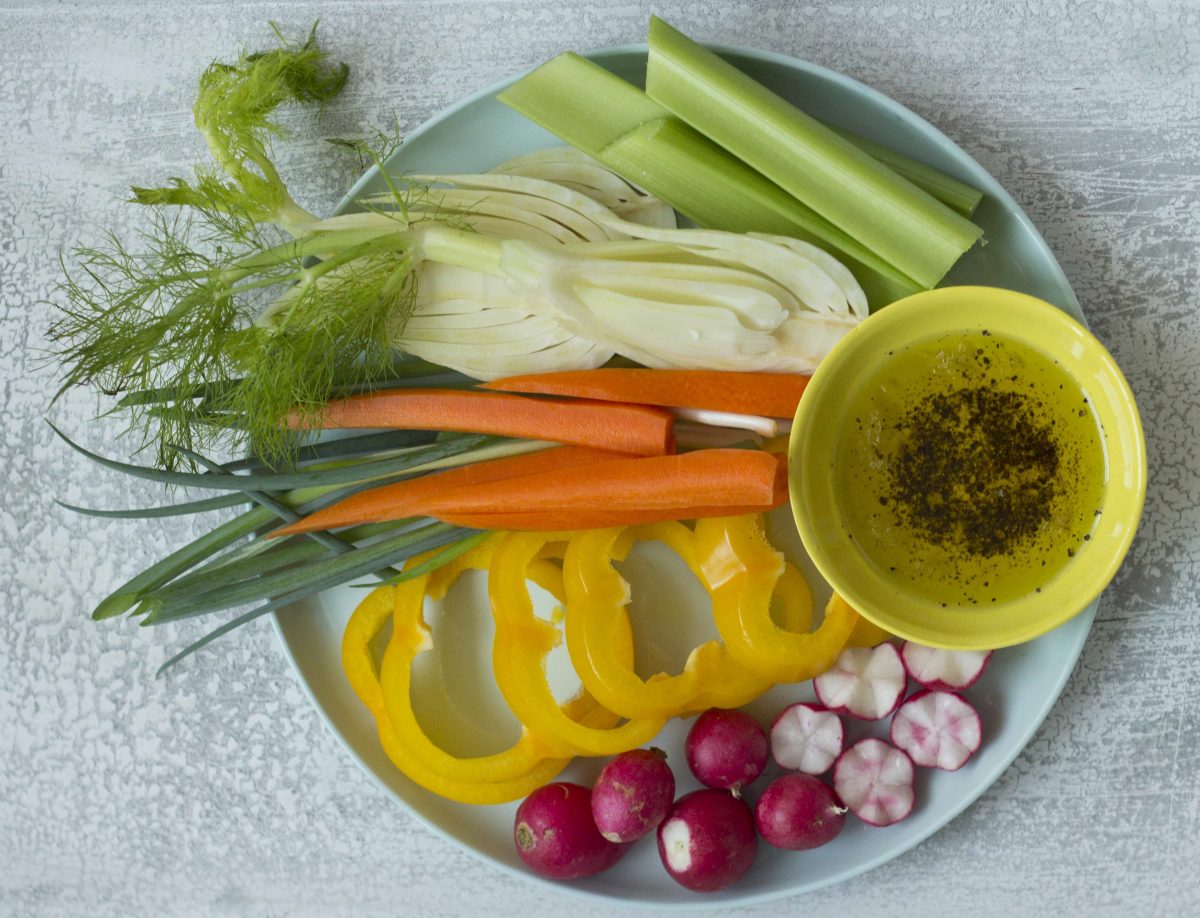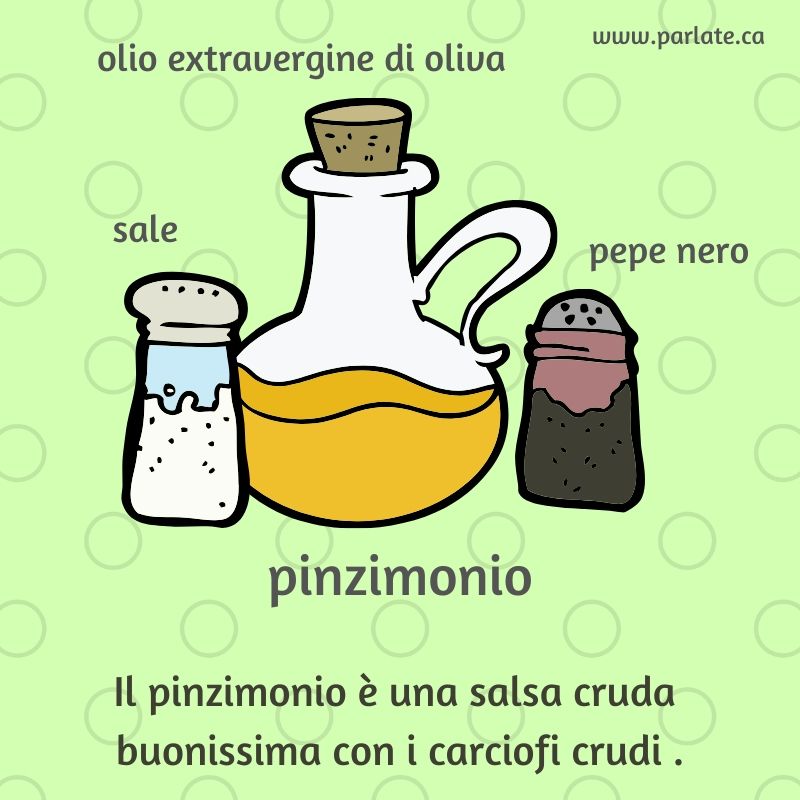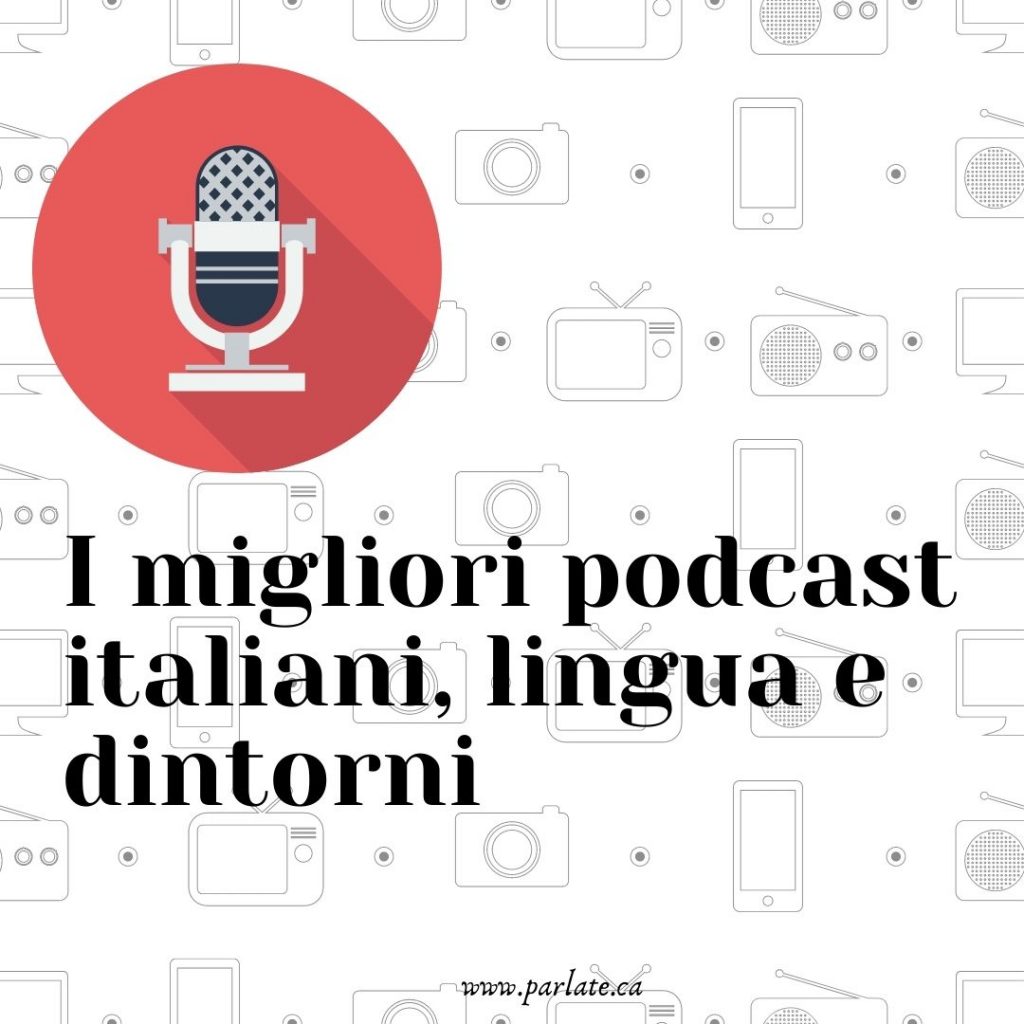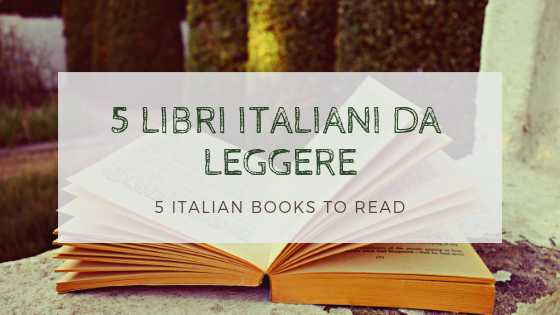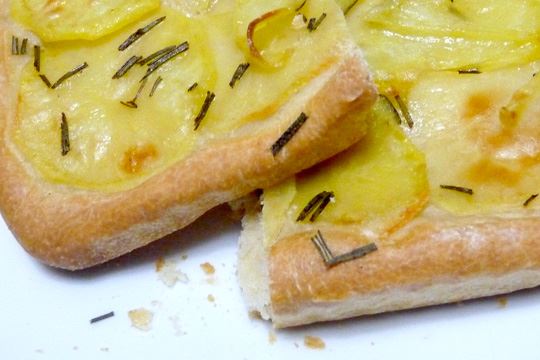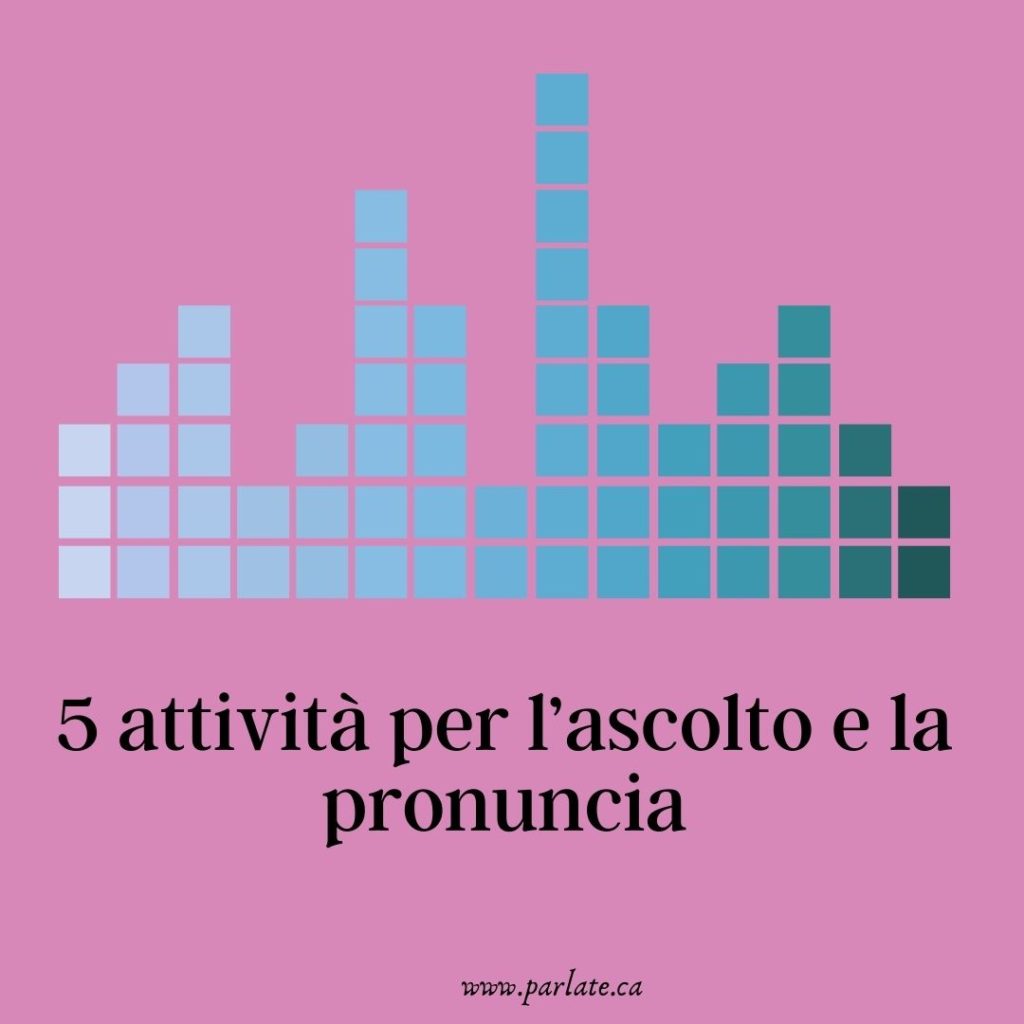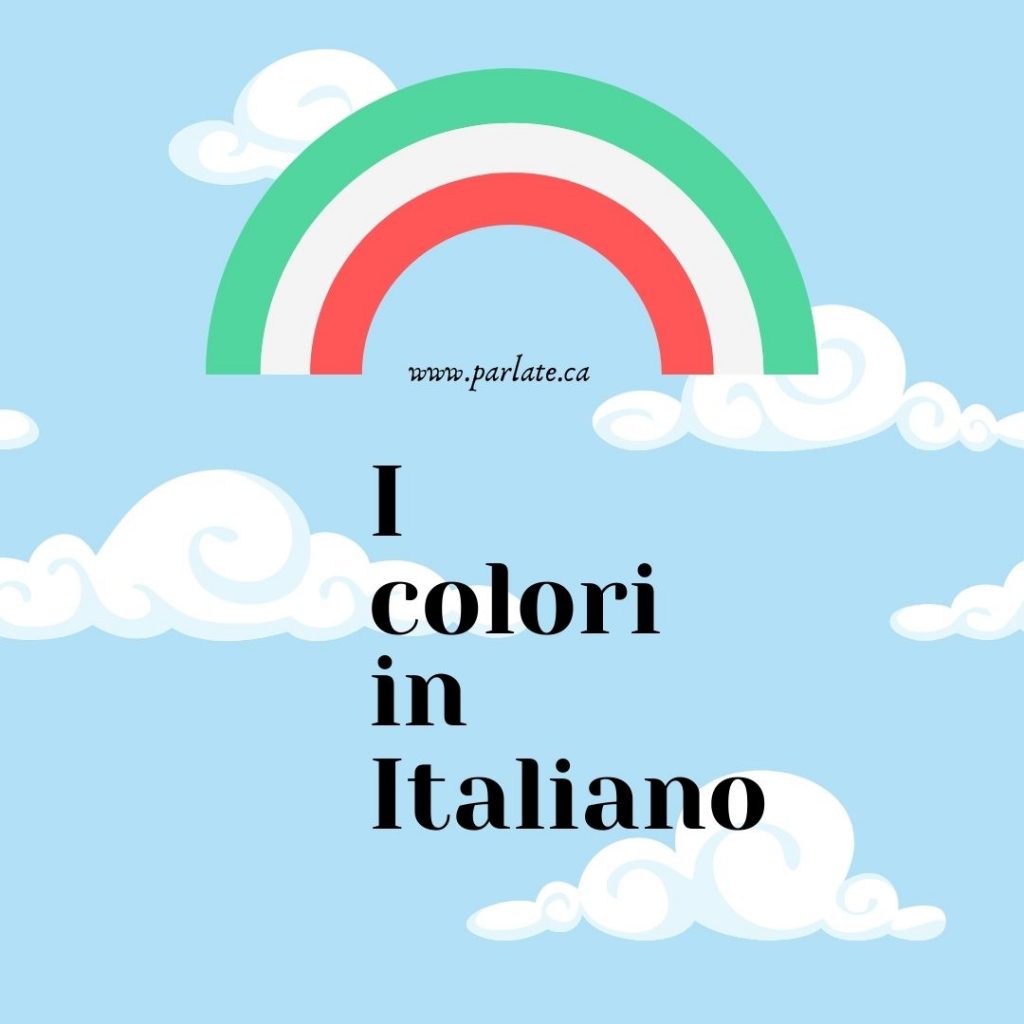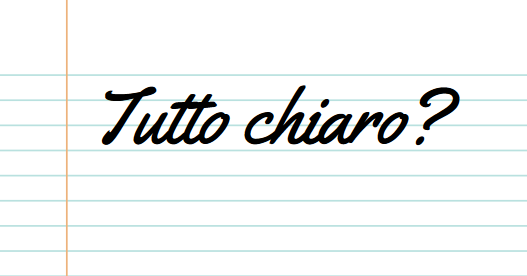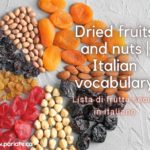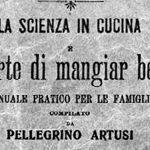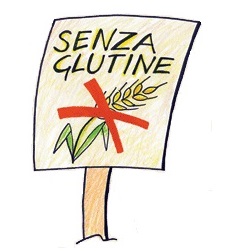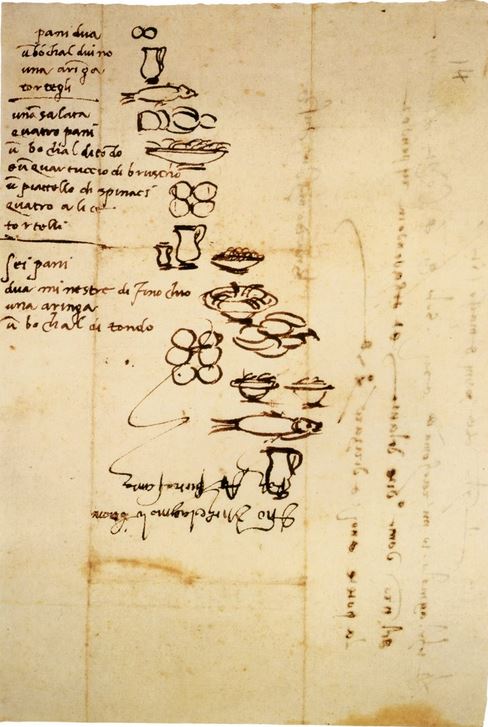L’usanza di consumare le verdure in pinzimonio è piuttosto antica, già diffusa nei banchetti rinascimentali.
The custom of consuming vegetables in pinzimonio is quite ancient, already widespread in Renaissance banquets.
A gennaio durante il corso di Italiano Ogni Giorno una delle parole era pinzimonio. Siccome ha fatto scaturire molto interesse, ho pensato di parlarne in un blog .
In January, during the course Italiano Ogni Giorno , one of the words was pinzimonio. As it sparked a lot of interest, I thought I’d talk about it in a blog.
Il nome Pinzimonio è una combinazione di pinze e matrimonio e si riferisce all’usanza di pinzare le verdure tra le due dita e sposarle nella salsa di olio d’oliva con sale e pepe. Si mangia all’inizio o alla fine del pasto.
The name Pinzimonio is a combination of pincers and marriage and refers to the custom of pinzare pinching the vegetables between the two fingers and marrying them in the olive oil sauce with salt and pepper. It is eaten at the beginning or at the end of the meal.
Il pinzimonio è facile da preparare, anche perché non è prevista la cottura. Tuttavia, le verdure devono essere tagliate in pezzi più o meno della stessa forma e dimensione per dare loro l’aspetto armonioso che si associa a questo particolare piatto. Seguendo la stagionalità dei prodotti vegetali, puoi preparare un pinzimonio diverso per ogni mese dell’anno e aggiungere qualsiasi verdura che si presta ad essere consumata cruda.
The pinzimonio is easy to prepare, also because it does not require cooking. However, the vegetables need to be cut into pieces of roughly the same shape and size to give them the harmonious look that is associated with this particular dish. By following the seasonality of produce, you can prepare a different pinzimonio for each month of the year and add any vegetables that are suitable to be eaten raw.
STORIA. Quello del pinzimonio è un uso molto antico, già diffuso nei banchetti rinascimentali. A quel tempo la frutta e la verdura arricchivano i vassoi di portata per scopi puramente decorativi. La verdura iniziava ad essere consumati intinta nei sughi delle carni che aveva decorato. Nel XIX sec. si consolida l’abitudine di sostituire i sughi con l’olio d’oliva, perché le verdure fresche diventano una vera pietanza, affidata nella composizione alla discrezione di chi allestiva il pranzo.
In Toscana si mangiano in pinzimonio: carciofi, carote, finocchi, sedani, ravanelli, porri, cipolline ecc.
HISTORY. The pinzimonio is a very ancient custom, already widespread in Renaissance banquets. At that time fruit and vegetables enriched serving trays for purely decorative purposes. The vegetables began to be eaten dipped in the sauces of the meats that it decorated. In the nineteenth century the habit of replacing sauces with olive oil is consolidated, because fresh vegetables become a real dish, entrusted in the composition to the discretion of those who prepared the lunch.
In Tuscany eaten in pinzimonio are: artichokes, carrots, fennel, celery, radishes, leeks, onions etc.
Era conosciuto a Roma e dintorni con il termine dialettale cazzimperio, che probabilmente proviene dall’italiano arcaico cazza, che significa mestolo, utensile tipico degli alchimisti. L’usanza di consumare le verdure in pinzimonio è oggi diffusa in tutta Italia.
It was known in and around Rome with the dialect term cazzimperio, which probably comes from the archaic Italian cazza, which means ladle, a typical tool of alchemists. The custom of consuming vegetables in pinzimonio is now widespread throughout Italy.
RICETTA. Contorno o antipasto che sia, questo piatto è perfetto per tutto l’anno, soprattutto in vista del caldo estivo, visto che consente di non accendere i fornelli. Come preparare un pinzimonio perfetto?
RECIPE. As a side dish or appetizer, this dish is perfect all year round, especially in view of the summer heat, as it allows you not to turn on the stove. How to prepare a perfect pinzimonio?
Le verdure devono essere molto fresche e croccanti, per cui è bene scegliere prodotti di stagione, più saporiti e profumati. Le verdure vanno pulite e tagliate a bastoncino, tutte più o meno della stessa forma e lunghezza, per creare un piatto molto ordinato. Classici del pinzimonio sono il sedano, le carote, i finocchi e i peperoni, ma ben vengano altri prodotti crudi, come i ravanelli, radicchio, indivia belga o cetrioli. L’importante è conservare le verdure in acqua fresca fino a poco prima di servirle: una volta tagliate, infatti, tendono ad annerirsi e a perdere consistenza.
The vegetables must be very fresh and crunchy, so it is good to choose seasonal products, more tasty and fragrant. The vegetables should be cleaned and cut into sticks, all more or less of the same shape and length, to create a very neat dish. Classics of pinzimonio are celery, carrots, fennel and peppers, but other raw produce are welcome, such as radishes, radicchio, Belgian endive or cucumbers. The important thing is to keep the vegetables in fresh water until just before serving them: once cut, in fact, they tend to blacken and lose consistency.
La salsa è classicamente composta da una emulsione di olio extravergine d’oliva, sale, pepe (nero o bianco), cui si aggiungono eventualmente aceto o limone. Si ottiene sbattendo gli ingredienti con una forchetta, fino a incorporarli l’uno con l’altro. Del pinzimonio esiste anche una variante siciliana, in cui sono aggiunti anche il pomodoro pelato, l’aglio, la menta e un po’ d’acqua.
The sauce is classically composed of an emulsion of extra virgin olive oil, salt, pepper (black or white), possibly adding vinegar or lemon. It is obtained by beating the ingredients with a fork, until they are incorporated into each other. There is also a Sicilian variant of the pinzimonio, in which peeled tomatoes, garlic, mint and a little water are also added.
Il Pinzimonio rappresenta la dieta mediterrana genuina per eccellenza, verdure crude e olio d’oliva. Un piatto perfetto per tutto l’anno.
Pinzimonio represents the genuine Mediterranean diet par excellence, raw vegetables and olive oil. A perfect dish for the whole year.
Buon appetito!
Mirella
- Il Discorso diretto e discorso indiretto in italiano

- I massacri delle foibe – Il Giorno del Ricordo

- Un racconto di Natale: Il Tesoro dei Poveri di Gabriele D’Annunzio

- Estate di San Martino- leggenda e tradizioni

- I verbi fraseologici: venire/andare a prendere

- Michela Murgia: tenace scrittrice e attivista italiana

- I Vini italiani |Storia e Cultura

- Come diventare migliori comunicatori in italiano

- 3 ways to pronounce the s in Italian


